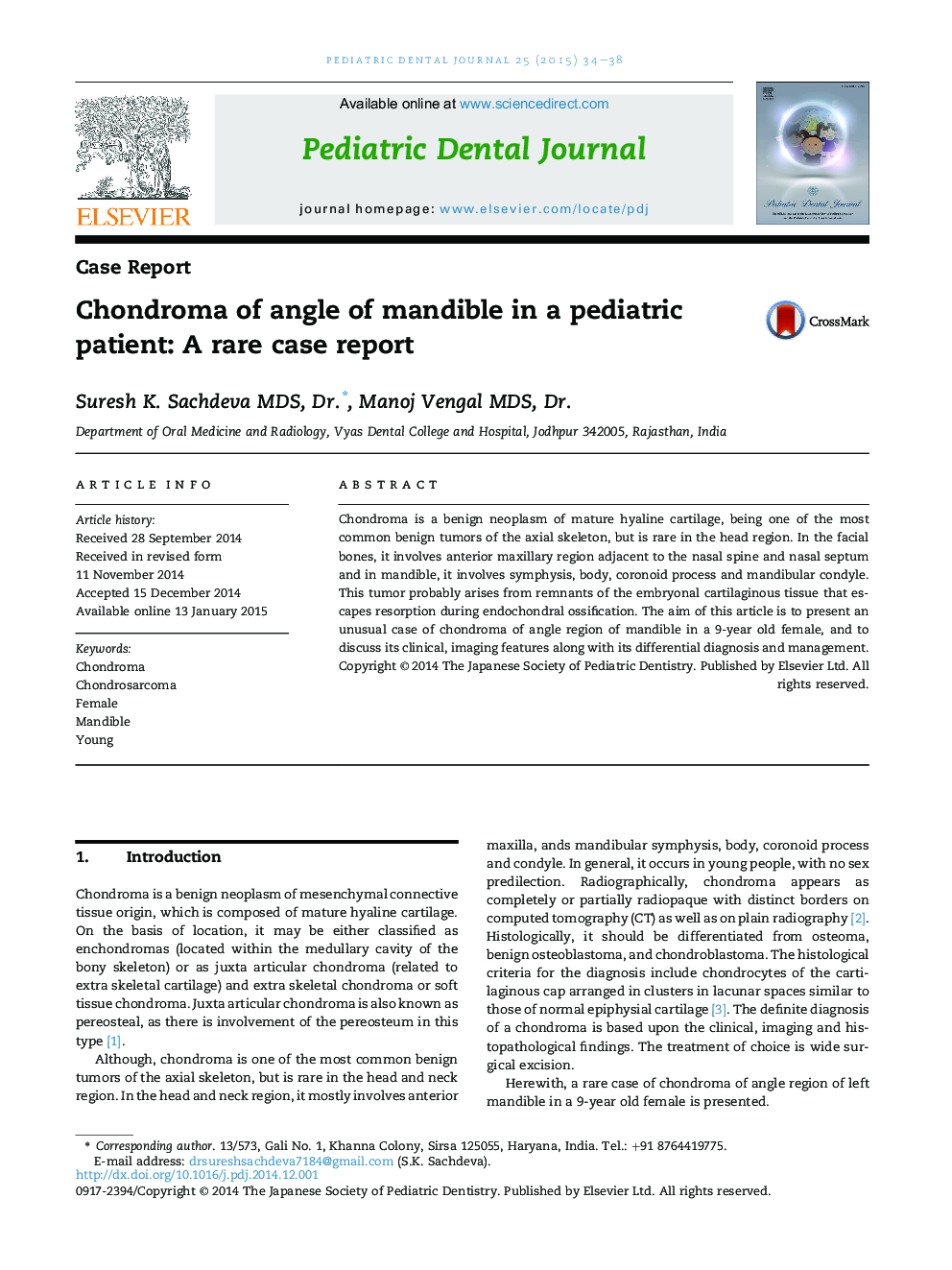| Article ID | Journal | Published Year | Pages | File Type |
|---|---|---|---|---|
| 3979066 | Bulletin du Cancer | 2012 | 5 Pages |
Abstract
Cancer patients frequently undergo imaging examinations to diagnosis but also to evaluate their responses to treatment. These patients are also at high risk of kidney impairment before considering the possible nephrotoxicity of their chemotherapy. In this context, it is overriding to know contrast agents induced risks and what are the good practices to avoid them. Renal function evaluation takes a major part in there. The X-ray radiology using iodinated contrast agent (ICA) exposes patients to acute renal failure. This induced nephropathy is prevented by adequate hydration prior to injection when the glomerular filtration rate (GFR) of the patient is less than 60 ml/min/1.73 m2. For hardly nephrotoxic, gadolinium-based contrast agents (GBCA) injected in magnetic resonance imaging, were considered for a long as a safe alternative to ICA. Yet they may induce nephrogenic systemic fibrosis (NSF). The recommendations of European and U.S. drugs safety agencies have recently converged defining groups at risk of NSF based on the level of patients GFR and the type of GBCA used. How to assess the risk-benefit balance of the cancer patient for whom you should choose an informative, effective and safe imaging examination?
Keywords
Related Topics
Health Sciences
Medicine and Dentistry
Oncology
Authors
Sabine Amet, Gilbert Deray,
